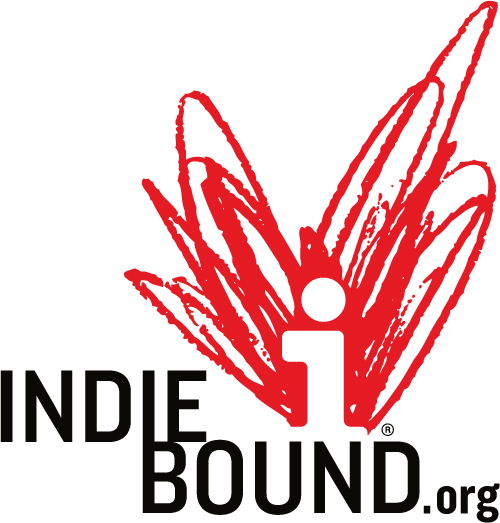Today I am hosting fellow author Marion G. Woolley as part of her blog tour for Children of Lir, her eighth book! Find my review on Goodreads here.
Margaret: Let’s talk genre, as you’ve got several under your belt: historical, horror, lesbian, literary. Children of Lir casts back a bit further into the Historical Fantasy/Epic category. How has your process for developing a project differed in each of these cases?
Marion: I’ve always started out with a seed of an idea before recognising the genre it’s in. I read a lot of horror growing up and love horror movies, so I guess it was kind of natural that my first novel, Lucid, gravitated towards that genre. I wrote it to see whether I could make the word count, and thankfully that all worked out. Although Rosy Hours and a lot of what I write tends to be quite dark, I think I moved away from shock-horror after that and more towards the darkness in human relationships. I think, when you grow up loving horror and you start trying to write stories, your instinct is to try to shock people. Then you live a bit longer and experience more of the world and realise you don’t have to try so hard. Many things are naturally quite dark.
Nowadays, I go more for historical. Rosy Hours was set in 1850s Iran, Children of Lir in Iron Age Ireland, one I’ve just finished about post-mortem photography in Victorian England, and one I’m starting, about the Akkadian Empire.
I’m less inclined to experiment with genres now. I think I’m starting to accept that historical fantasy is my groove.
Margaret: Nice. What about your personal connections to the seed for this story, Irish folklore? What drew you in first, and what has kept you hooked for this long (as you stated on FB it’s taken over a decade of work)?
Marion: My mum’s side of the family was from Cratloe, County Clare, a few generations back. We went on a family holiday there to try to find the graves many years ago. On the journey, I picked up a copy of Michael Scott’s Irish Folk and Fairy Tales Omnibus in a gift shop and that was really the first time I realised that you could breathe fresh life into ancient stories and make them relevant to today. I’ve always loved mythology. I would devour illustrated books on Greek, Celtic and Russian folklore as a kid. But The Children of Lir really stood out for me. I was surprised, given that Disney and Hollywood have set just about every other ancient legend to film, that no one had done much with this one. The translations were always extremely short, but there’s so much in there. It just felt like it was begging to be explored.
Margaret: OK, Marketer Hats on: Social Media! I have recently been doing some research into the various channels of media for book-lovers, and I’m wondering whether you, either as a reader or an author, prefer one over another. Three top hits are Bookstagram, Booktube, and the Book Blog world. Here we are on a blog, and I’m a big fan of Deckle-Edged, but what about the first two?
Marion: I’m getting older. Struggling to keep up with all my in-boxes. I’ve always been a big fan of Twitter for meeting other authors and new readers. They run an #IndieApril campaign and there’s a nice #writingcommunity tag. It’s a great writing distraction. I recently joined Instagram, but don’t really understand it for writers, as you can’t share links to books, and there’s a limit to how much cover art people want to look at, right?
Margaret: True.
Marion: I think my staple readers are mostly on Facebook. I inherited Pagan Writers Community page back in 2013. We’ve just opened a group, which is growing quickly.
Those three are about my limit. I get really annoyed when I can’t remember if someone messaged me through Messenger, Twitter, my e-mail, WhatsApp… I spent almost an hour once trying to find something I was supposed to reply to. It’s too much.
Margaret: Agreed! Now for the Editor Hat: how was it reshaping a manuscript for so long? Is it the longest you’ve worked on one piece? How would you describe your editing process for this work? (Enquiring nerd-minds want to know)
Marion: Well, I used to be a member of a scriptwriting forum called Celtx. I have a drama school background and I’ve always loved the theatre and writing dialogue, so The Children of Lir started out as a script.
(Margaret, aside: Ooh! Fascinating! Maybe we should try that collaboration project again but make it theatrical?) 🙂
The opening lines of The Children of Lir were taken straight from the first scene in the script. Imagine rushing aerial shot of waves off the coast of Ireland. Cue narrator’s voice:
Some say my father was the god of the sea, one of the Tuatha Dé Danann who walked these green shores before the age of man. Some say he shaped destinies and carried the dead to their final resting place…
The reason it took ten years to complete was mostly just me trying to figure out how to turn a ninety-page script into a four hundred and sixty page novel. There’s also the issue that most of the story, after the children get turned into swans, is them sitting on the ocean for hundreds of years. I needed something to fill that with. Thankfully, once I started delving into Celtic mythology, there was more than enough.
Margaret: Definitely! Wow, not even just editing, but translating a script to a novel form. Hats off! And there was plenty going on during the 900 years–I was not the least bored! Now for the language nerd in me. I’ve studied Scots Gaelic for almost 5 years now, and I was pleased to see a passing familiarity with the foreign words you slip into Children of Lir. How did you choose what to include, and what are your favorite Gaelic resources?
Marion: I’m actually quite envious of that. I desperately wanted to learn Gaelic as a kid, after a trip to Scotland. This was in the days before YouTube and Duolingo, and I just didn’t have the ability to learn it in my bedroom, on my own, with a book.
My greatest Gaelic resource is a guy called Ruairí Ó hEithir. We were volunteers together in Rwanda back in 2008-09. He and my friend Martine are my trusted beta readers, and it just so happens that Ruairí speaks fluent Gaelic. His father was Irish author Breandán Ó hEithir. When I showed him this novel, he very patiently sat down and recorded the pronunciation of all the tricky words and names. I still don’t think I’m confident enough to do a public reading.
Similarly, when I wrote Georg[i]e, which is set in Cardiff, I called on the skills of my aunt, Patsy, who is a Welsh teacher.
Margaret: Sounds like you are magically choosing stories that connect with the resources you have! Smart. Also, Am Faclair Beag is a great resource for pronunciation, if you ever want to try a reading!
That’s all for now, but I encourage readers to check out Deckle-Edged, Marion’s blog, which is a font of helpful information for authors, seekers, and dreamers. And of course, check out the beautiful book:
Images via Myth & Moor and M G Woolley


Thank you so much for taking part in the launch tour. Really enjoyed speaking with you.